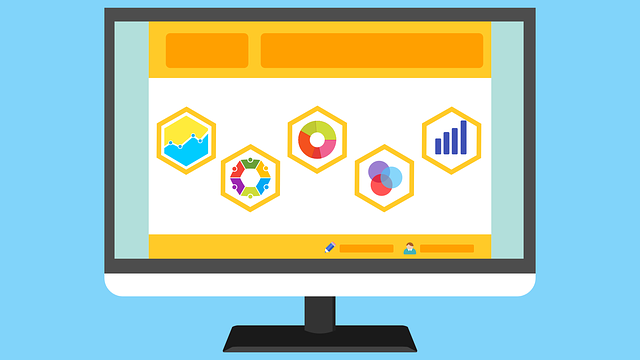My favorite holiday, Thanksgiving, is just around the corner. This is a great time of the year for companies to send out words or gifts of appreciation to their loyal customers. The insurance company AMICA sends out artistic Thanksgiving cards to their customers every year; many real estate agents send out fresh calendars for the next year to their clients; and I once even received a BIG can of popcorns as a customer appreciation gift during this time of the year. Are such gestures beneficial for companies? How should such thank-you’s be conveyed? In this week’s post, I pull academic research on gratitude to shed some light on these questions.
Feelings of Gratitude
According to philosophy and social psychology research, gratitude is an important emotional foundation for sustained reciprocity in human relationships. When an individual feels gratitude, he or she is motivated to repay the favor by conducting an act of kindness in return. Many of us probably still remember the paying it forward story at a Starbucks in Florida a few years ago. It started with a woman offering to pay coffee for the customer behind her, who then passed on the kindness by paying for the next customer. This chain continued unbroken for a total of 378 customers. That is the power of gratitude. In a bilateral relationship between a customer and a company or brand, feelings of gratitude can provide the drive to sustain a trusted and committed relationship and increase customer loyalty.
Gratitude Needs to be Expressed
The feeling of gratitude has a unique social component that prompts it to be expressed. In an eloquent essay written by Dr. James W. Ceasar, he describes gratitude as having developed into an objective standard of behavior. In his words, “Gratitude has a social aspect and is incomplete if it does not include the act of acknowledgment”. Or in more plain words, not saying “thank you” when someone has done something nice for you is just rude. Although much of Dr. Ceasar’s arguments relate to political and social domains, they are just as relevant to customer relationships. It is not quite enough for a company to claim its commitment to its customers when it does not properly express its gratitude to customers. Continue reading “Expressing Gratitude to Loyal Customers”


